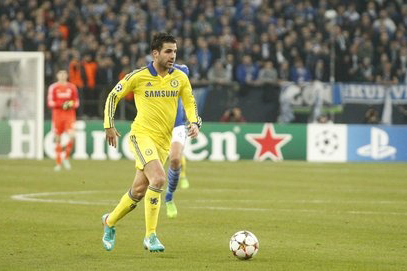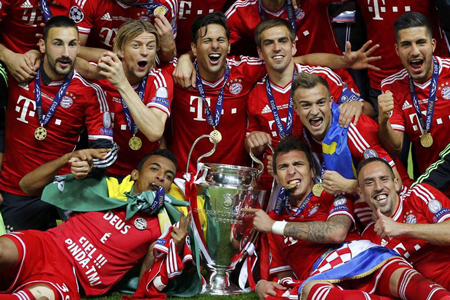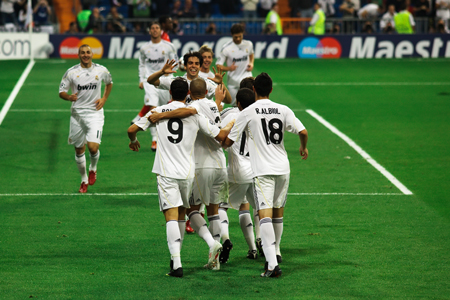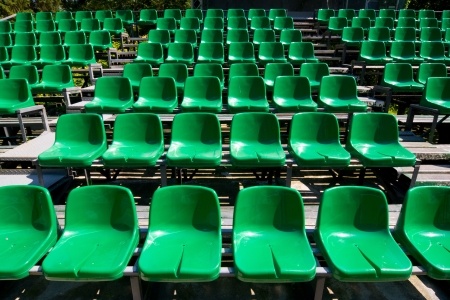Since 2010, the CIES Football Observatory has been developing an innovative approach to the technical analysis of performance in football both at team and player levels. This paper details the methodology used, which is exemplified through the presentation of the best clubs and players for the 2014/15 big-5 league season.
Monthly Report 4
Squad analysis: who will win the Champions League?
The fourth edition of the CIES Football Observatory Monthly Report presents an in-depth analysis of the squad composition of teams qualified for the 2014/15 Champions League quarter-finals. Using values measured for the last five winners, the study identified Real Madrid as the favourites. In the end, the trophy was lifted by their historical rivals Barcelona.
Monthly Report 3
Transfer expenditure and results
This Monthly Report analyses the evolution of transfer sums paid by clubs in the five major European leagues from the 2009/10 season up until 2014/15. It shows that ever-increasing amounts of money are at stake in the transfer market of football players. In parallel, a process of concentration of expenditure at the top of the pyramid is taking place. This reinforces the domination of the wealthiest clubs. A reform is proposed to improve the redistributive factor of the transfer system.
Monthly Report 2
Talent scouting: an experience capital approach
Playing numerous games during the first years of a professional career is an essential condition in order to be able to compete in the top level leagues worldwide. This Monthly Report introduces the exclusive “experience capital” approach developed by the CIES Football Observatory research team and identifies the most promising U23 players in 31 top division championships of UEFA member associations.
Monthly Report 1
Club instability and its consequences
The first edition of the CIES Football Observatory Monthly Report deals with the reasons and consequences of the increasing level of club instability in Europe. The study shows that stability gives clubs a competitive advantage over rival teams, be it on a sporting level with better medium and long-term results and from an economic perspective with a greater capacity to launch careers of club-trained players and generate revenues through their transfer.
1 | ... | 7 | 8 | 9 | 10 | 11 | 12 | 13 | 14 | 15 | 16






